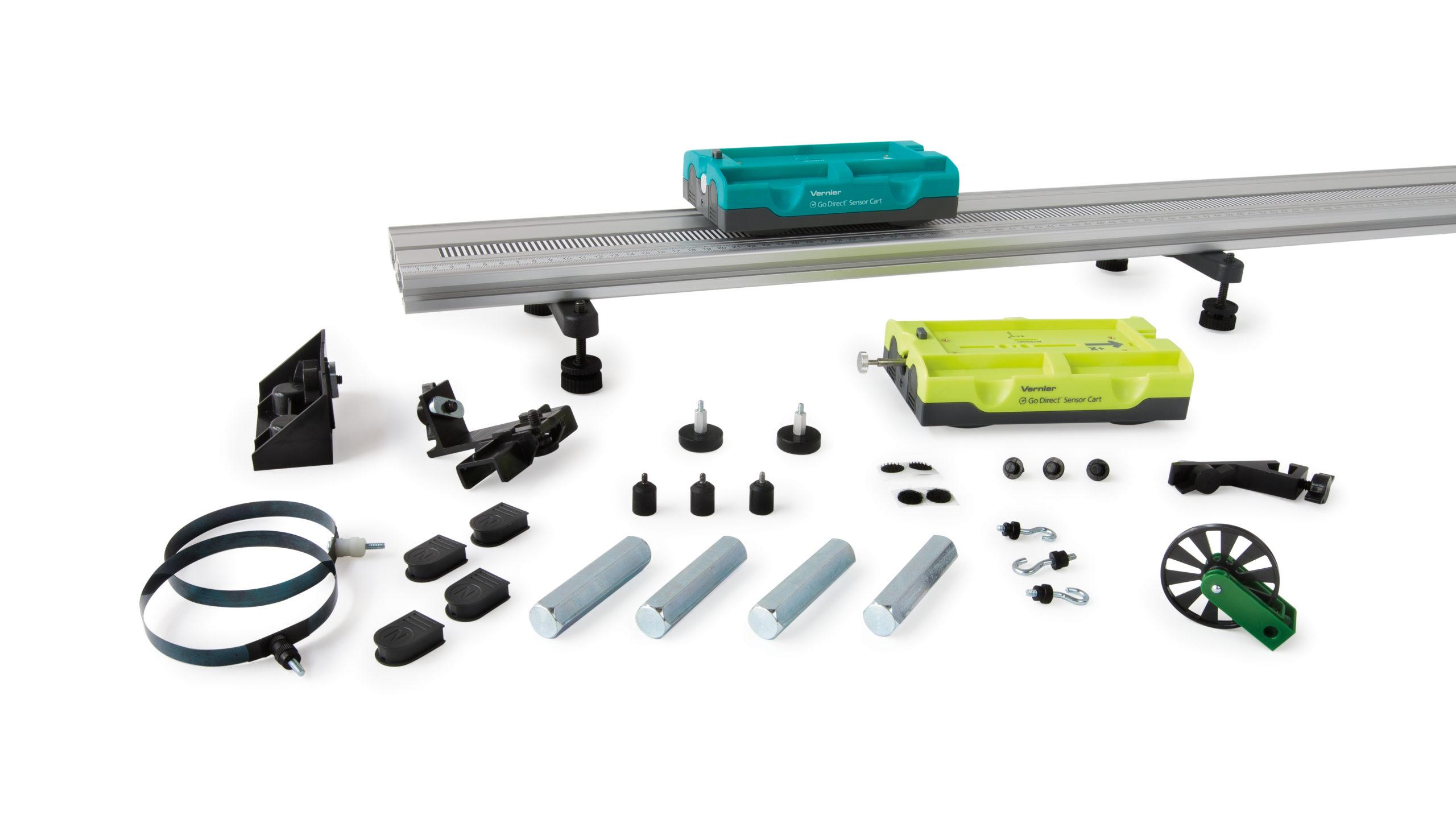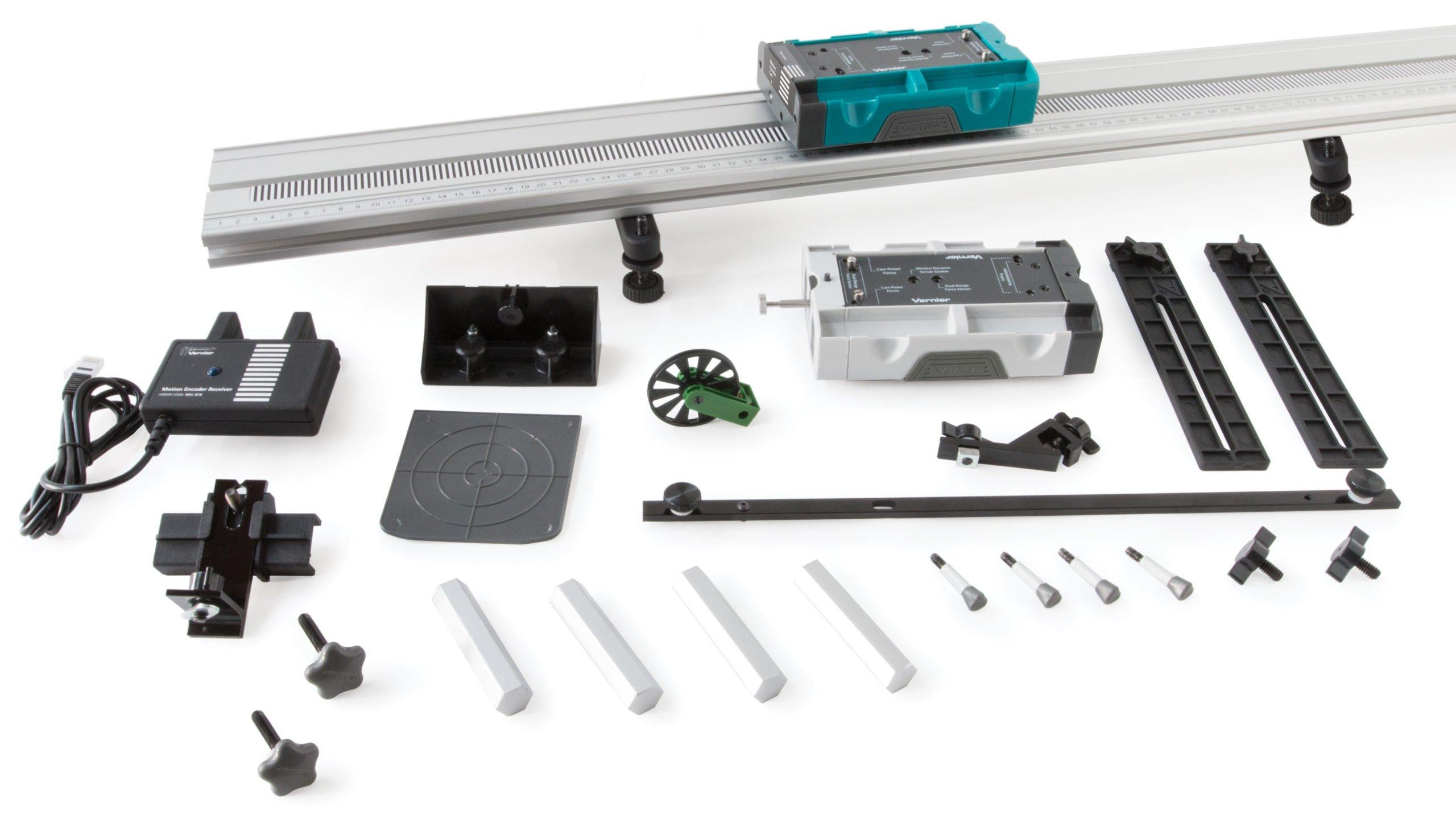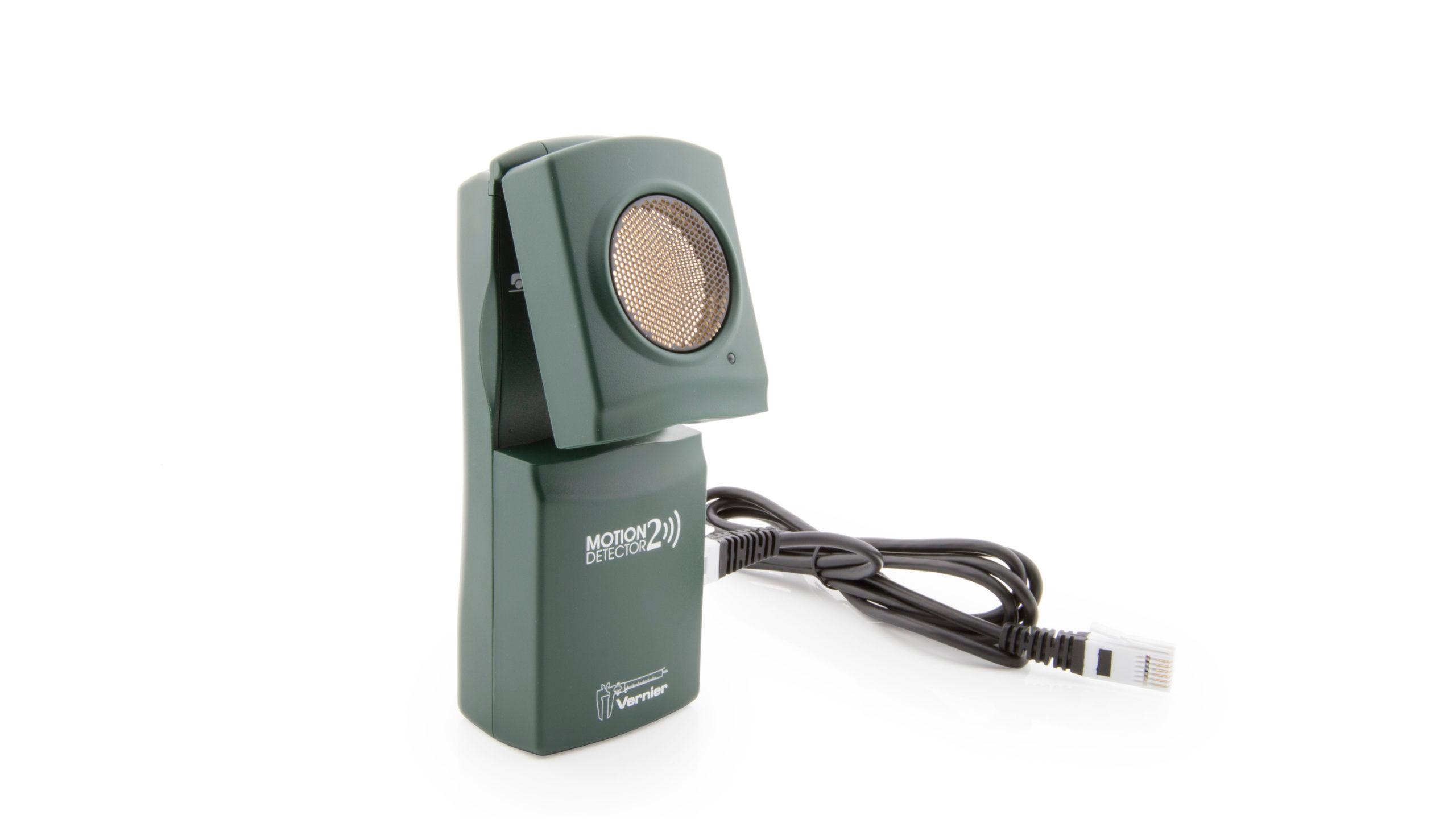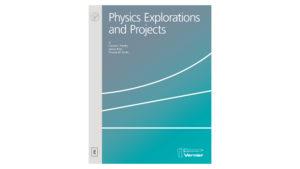Constant Motion and Changing Motion
Experiment #1 from Physics Explorations and Projects
- Subject
- Physics
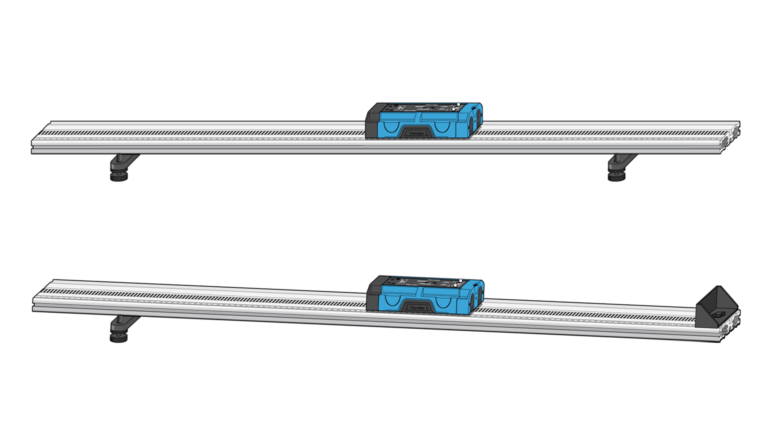
Introduction
Students should finish this activity with a clear model of the difference between constant-velocity motion and constantly accelerated motion, as well as a mathematical model for constant-velocity motion (x = vt + x0). They may or may not be ready for a mathematical model of accelerated motion.
In the Preliminary Observations, students observe a cart rolling on a level track after a brief push and a cart rolling down an inclined track. This may be done as a whole class activity or in lab groups.
During the subsequent inquiry process, students may use video analysis, a Motion Detector, a Motion Encoder, or a Sensor Cart to collect data for the moving cart. This investigation should result in graphs of position vs. time or velocity vs. time (or both) for a constant-velocity object and an object undergoing constant, non-zero acceleration.
Objectives
- Identify variables, design and perform investigations, collect data, analyze data, draw a conclusion, and formulate a model based on data from the investigation.
- Create graphical representations of motion for an object moving at constant velocity.
- Create a mathematical model of motion for an object moving at constant velocity.
- Create graphical representations of motion for an object that is speeding up.
- Optional: Create a mathematical model of motion for an object that is speeding up.
Sensors and Equipment
This experiment features the following sensors and equipment. Additional equipment may be required.
Correlations
Teaching to an educational standard? This experiment supports the standards below.
- International Baccalaureate (IB) 2025/Physics
- The students should understand that the motion of bodies through space and time can be described and analysed in terms of position, velocity, and acceleration
- The students should understand that the motion of bodies through space and time can be described and analysed in terms of position, velocity, and acceleration
- The students should understand velocity is the rate of change of position, and acceleration is the rate of change of velocity
- The students should understand the change in position is the displacement
- The students should understand the change in position is the displacement
- The students should understand the difference between instantaneous and average values of velocity, speed and acceleration, and how to determine them
- The students should understand the equations of motion for solving problems with uniformly accelerated motion as given by, s=(u+t/2)t, v=u+at, s=ut+(1/2)at^2, v^2=u^2+2as
- The students should understand motion with uniform and non-uniform acceleration
Ready to Experiment?
Ask an Expert
Get answers to your questions about how to teach this experiment with our support team.
- Call toll-free: 888-837-6437
- Chat with Us
- Email support@vernier.com
Purchase the Lab Book
This experiment is #1 of Physics Explorations and Projects. The experiment in the book includes student instructions as well as instructor information for set up, helpful hints, and sample graphs and data.

